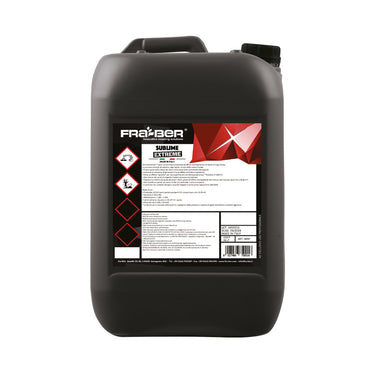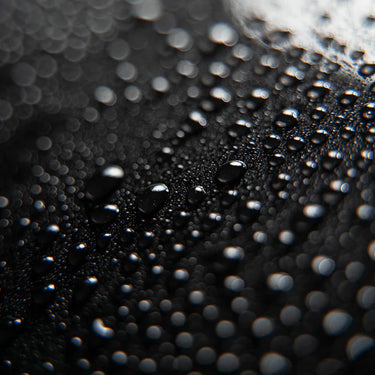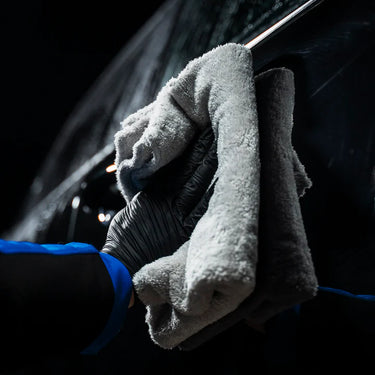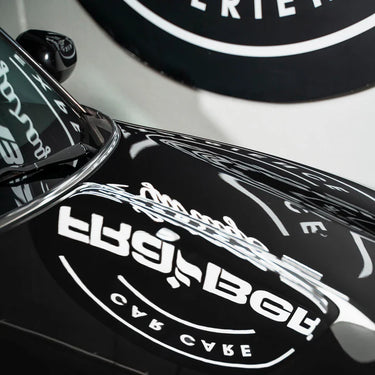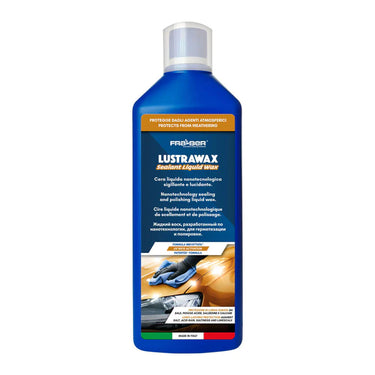What is Car Detailing? What does it mean to get your car detailed?
Car detailing is often a term that sparks curiosity among car enthusiasts, especially those who take pride in maintaining their car’s pristine condition. It’s more than just a simply washing your car with a high-pressure washer; car detailing is a meticulous, thorough process aimed at restoring, protecting and enhancing the appearance of both the exterior and interior of a vehicle. The following article will delve into what car detailing means, the fundamental steps involved, and why it is an essential practice for any car owner who wants to preserve their vehicle’s value while enhancing its aesthetic appeal!
Car Detailing Explained?
Car detailing, in simple terms is the complete cleaning, restoration, and finishing of a vehicle to achieve a showroom-quality level of detail. It is a process that goes beyond the basic wash, dry and vacuum, involving a deep cleaning throughout every part of the car. The goal of detailing is not only to make a car look and feel new, but to also protect it, thus extending its lifespan.
The Two Main Components of Car Detailing
Car detailing can be broadly categorized into two main components- exterior detailing and interior detailing. Each of these detailing components have its own set of procedures and specific products to achieve the best results.
Exterior Detailing
Exterior detailing involves
cleaning and
restoring the
body,
wheels, windows and
engine of a car. The process typically starts with a thorough wash using
prewash (
SP1 Prewash,
Spumone) to remove dirt, grime, and other contaminants from the surface followed by a wash using
car shampoo (
S2 Foamy,
Bersolwax).
Iron treatment/removal also occurs during this step, using products like
Iron Exx,
KO Iron and
D1 Iron. This is often followed by a
claybar treatment, which removes any remaining contaminants that are bonded to the paint.
The
drying step is more important than most would think. Drying the vehicle properly using towels like the
Micron SUV and
Prince Drying Towel prevent
limescale (watermarks) on the vehicle and prepares the surface for polishing and sealants.
After the car’s surface is clean and dried, the next step is
polishing. Polishing helps to remove minor or deep scratches, swirl marks, paint correction and oxidation, while restoring the car’s original shine. Depending on the condition of the paint, this process can be done
by hand or using a
machine polisher. (View our range of professional-grade
polishers)
The final step in exterior detailing is the application of a
protective coating. This could be a wax, sealant, or
ceramic coating. These coatings protect the paint from UV rays, environmental contaminants, and minor scratches. The
wheels and
tires are dressed using specific coatings/
dressings to enhance the gloss, revitalize the rubber on the tires and protect the wheels.
Interior Detailing
Interior detailing focuses on cleaning and protecting the components inside the car, such as the seats, carpets, floor, dashboard, windows and steering wheel. This process begins with a thorough vacuuming of the seats, carpets, and mats to remove any loose dust and debris. For more stubborn dirt and stains; a steam cleaner or shampooing may be necessary.
The dashboard, centre console, and other
plastic,
upholstery or
vinyl surfaces are then cleaned and dressed using specialized cleaners and protectants like
Pulitutto,
All-Purpose Cleaner. These products not only clean the surfaces but also protect them from UV damage, which can cause fading and cracking over time.
For
leather seats, a leather cleaner (
DET Leather) and conditioner (
Cream Leather) are used to clean and nourish the material, keeping it soft, silky and supple. The windows are also cleaned using glass cleaner
(0 Amonnia) to remove any smudges or streaks, ensuring clear visibility.
Why is Car Detailing Important?
Car detailing is more than just making your car look nice; it’s an investment in the lifespan and value of your vehicle. Regular detailing helps to protect and preserve the car’s, bodywork, paint and interior materials, which can deteriorate over time due to exposure to the sun, dirt, and other environmental factors.
By removing contaminants and applying protective coatings, detailing helps to prevent rust, corrosion, and other forms of damage that can reduce the lifespan of a vehicle. Moreover, a well-detailed car not only looks better but also holds its value better in the long run. If you plan to sell your car, a detailed vehicle will likely fetch a higher price compared to one that has been neglected.
Conclusion
In conclusion, car detailing is a comprehensive process that involves meticulous cleaning, restoration, and protection of a vehicle, to both the exterior and interior. It goes beyond a simple car wash, addressing every aspect of the car’s appearance and condition. Whether you’re looking to maintain your car’s value, enhance its appearance, or simply enjoy the feeling of driving a spotless and fresh vehicle, regular car detailing is a practice that every car owner should consider. By investing in car detailing, you’re not just improving the look of your car; you’re also protecting your investment for the future!









